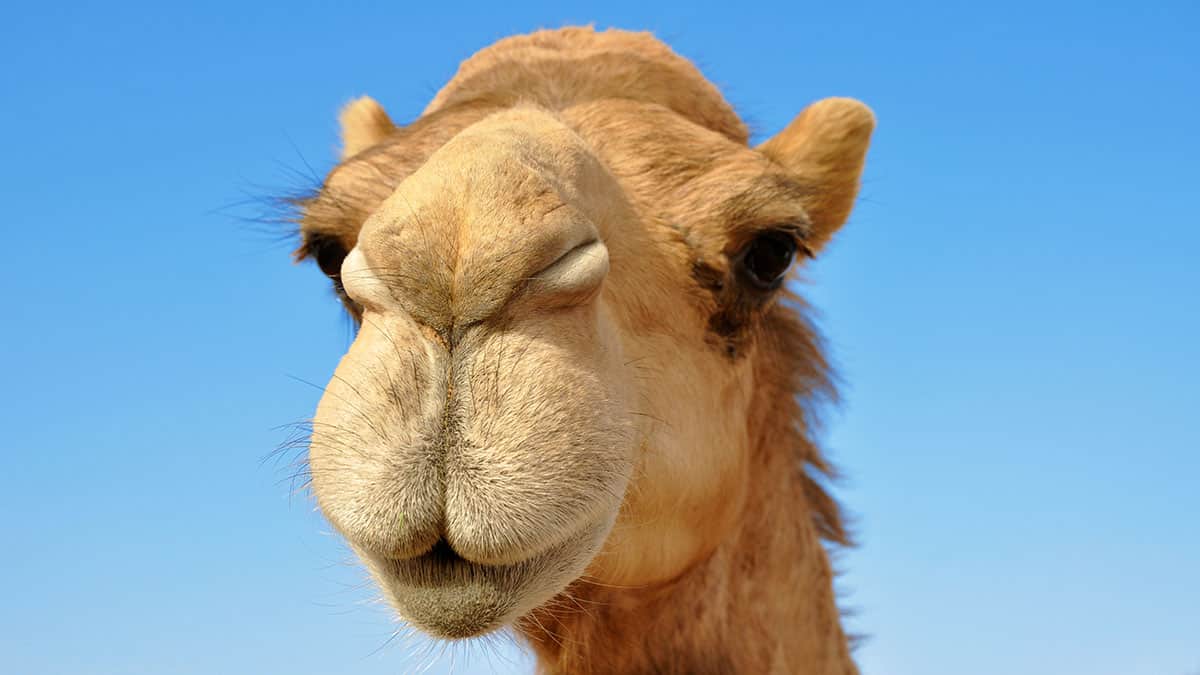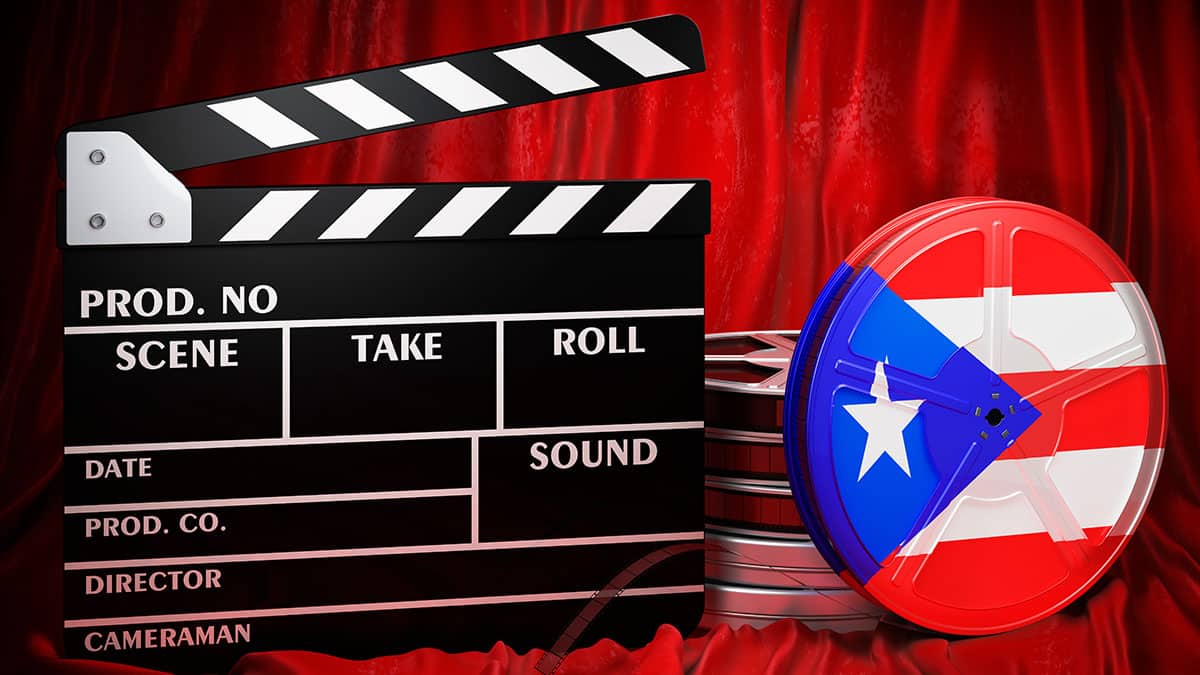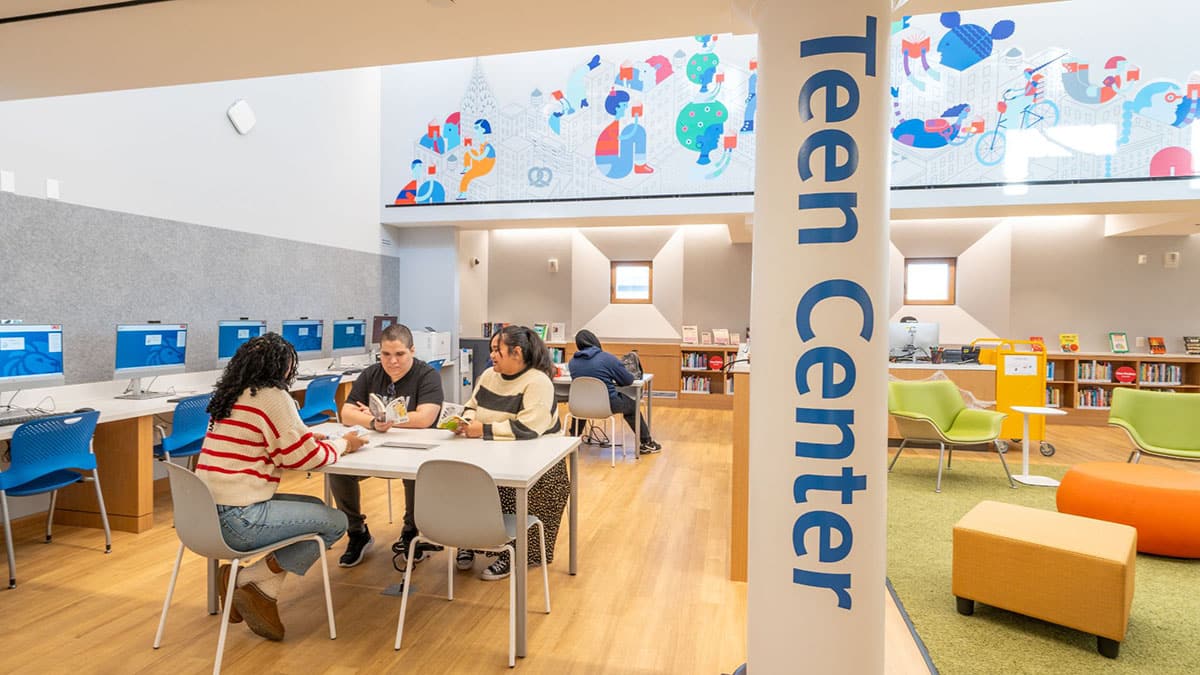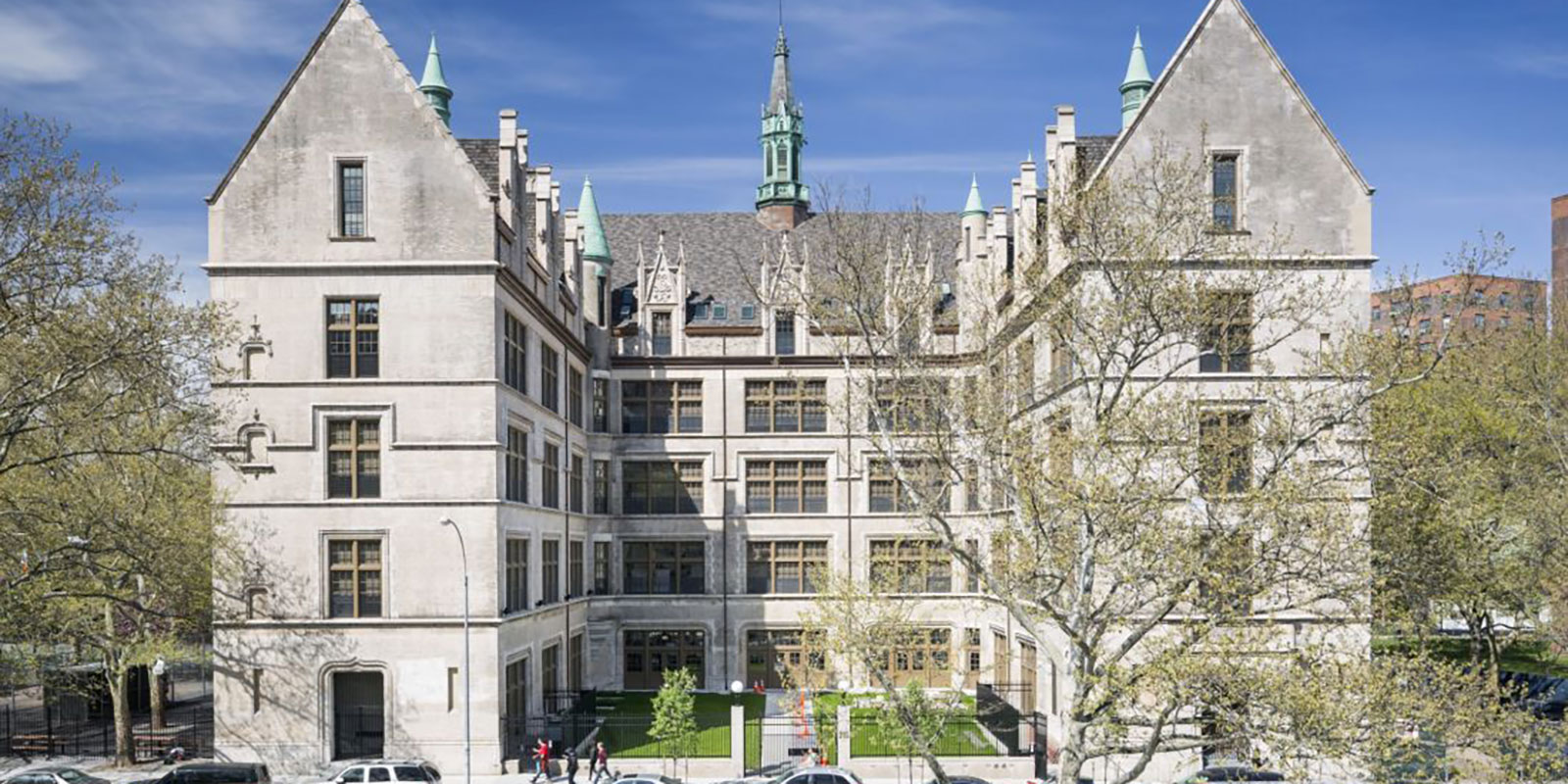“El Barrio” or “Spanish Harlem” is East Harlem, an iconic Latin neighborhood in Upper, Manhattan. It’s been mostly Puerto Rican, but also Dominican, Cuban, Mexican, Salvadoran and gentrifying.
Harlem River
Fifth Avenue | East Harlem | Harlem River Drive
96th St
East Harlem’s big festivals are the El Museo Three Kings Day Parade, the National Puerto Rican Day Parade’s 116th Street Festival and the Museum Mile Festival.
Latin Culture in El Barrio East Harlem
Three Kings Day Parade NYC 2025 Marches Through El Barrio
“El Barrio” East Harlem, Manhattan 🇵🇷
International Puerto Rican Heritage Film Festival is a Deep Dive into Boricua Identity and Filmmaking
“EL BARRIO,” EAST HARLEM, Manhattan
El Museo del Barrio
Silberman School of Social Work
LOWER EAST SIDE, Manhattan
Regal Essex Crossing
125th Street Library, the New York Public Library in East Harlem “El Barrio,” Reopens Newly Renovated with Storytime
“EL BARRIO” EAST HARLEM, Manhattan
Cultural Organizations in El Barrio East Harlem
It’s a Latin neighborhood anyway, but you can find Latin culture at these organizations.
El Barrio Artspace PS109
El Barrio Artspace PS109 is a former public school that has been converted into low-cost…
East Harlem Government
East Harlem is part of NYC Council District 8. It is Manhattan Community District 11. It is the NYPD 23rd Precinct and 25th Precinct.
In the U.S. Congress, it is New York Congressional District 13.
Little Italy, Spanish Harlem, El Barrio
The neighborhood began developing in the 1860s. It was originally populated by German, Irish, Scandinavian and Jewish immigrants.
Manhattan’s First Little Italy
East Harlem became an Italian neighborhood after the 1870s. It was Manhattan’s first Little Italy and the political base for legendary New York Mayor Fiorello La Guardia. The Italian community largely moved on in the 1980s. The Feast of Our Lady of Mount Carmel and the Dancing of the Giglio are remnants of Italian East Harlem.
Spanish Harlem
Part of East Harlem became “Spanish Harlem” after World War 1 (1914-1918). It wasn’t Spanish, but Spanish was spoken there. Puerto Ricans began moving in after the Jones Act of 1917 gave islanders U.S. citizenship. The “Great Migration” of the 1950s made the neighborhood strongly Puerto Rican.
El Barrio
Locals call the neighborhood “El Barrio.” It is the world’s biggest Puerto Rican neighborhood after San Juan, the Puerto Rican capital.
In the 1950s and 1960s, La Marqueta, a community market under the elevated train on Park Avenue at 115th St, was New York City’s equivalent of La Placita, the old central market in Santurce, San Juan, Puerto Rico. La Marqueta is pretty quiet today, but it’s a small business incubator where everybody dreams of recreating that time.
Like most of New York City, El Barrio was a tough neighborhood in the 1970s. But it also birthed community movements as young people turned from running gangs to running social programs.
Today East Harlem is becoming more Mexican, more Chinese, and more gentrified. The East Harlem Historic District runs from 111th to 120th St between Park and Pleasant Avenues.
A Cultural Forge
Life in the barrio can be tough, but it is also beautiful. If you’re from El Barrio, you’re proud of it.
Life in the barrio is filled with memories of kids playing in arcs of water from open fire plugs, beauty salons and barber shops open all night and packed all night, kids doing wheelies down the street on their bicycles and motorcycles, fireworks popping, salsa and reggaeton blaring from cars at all hours, . It’s old people playing endless rounds of dominos. It’s the smell of hot food wafting from the restaurants down the street and the piles of fruits and root vegetables on sidewalks in front of bodegas. And everywhere graffiti, murals and flags from the old country.
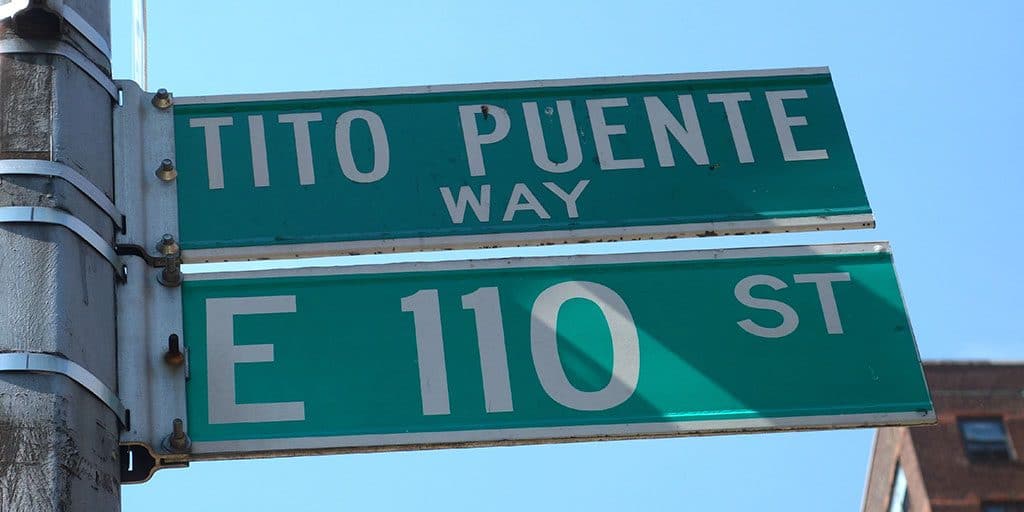
El Barrio is one of the forges of Latin jazz and salsa music.
Tito Puente Way begins at Duke Ellington Circle. It’s where Harlem and East Harlem came together across Fifth Avenue. Some of the famous ballrooms were right around there. Latin jazz legends Machito, Mario Bauza, Tito Rodriguez and others used to live in the neighborhood. Joe Conzo, Sr. writes about it in his excellent book “Mambo Diablo.”
Tito Puente grew up on 110th St. He used to sneak out of the house and cross Fifth Avenue to listen to jazz bands in Harlem. He dreamed of playing like Benny Goodman’s drummer Gene Krupa, the artist who developed the modern drum kit. Krupa would go into a trance and play like he was crazy. Tito did the same thing.
Black musicians like Dizzy Gillespie would cross the other way to listen to Latin bands in East Harlem.
El Barrio is one of the sacred grounds where we mixed together.

